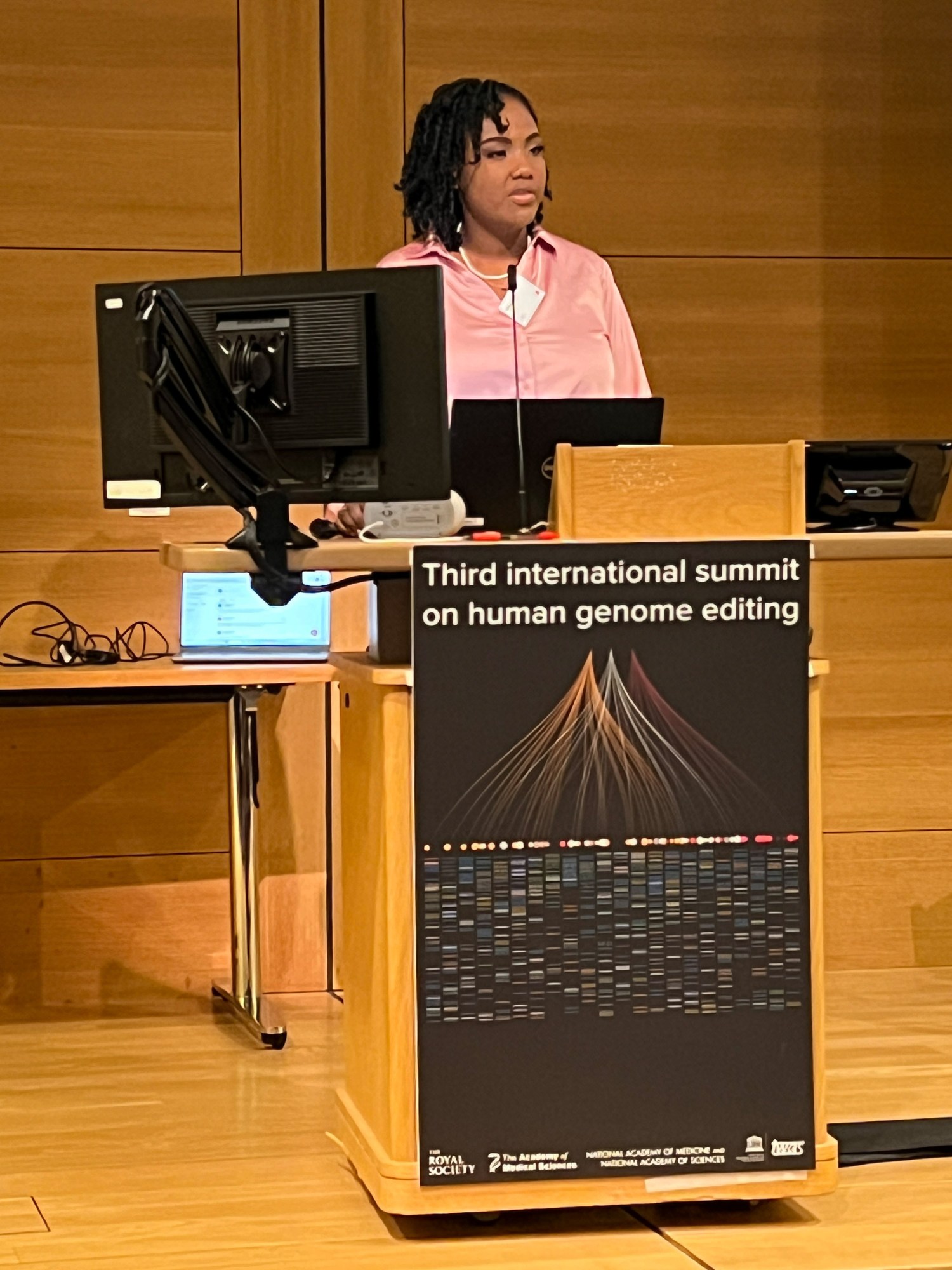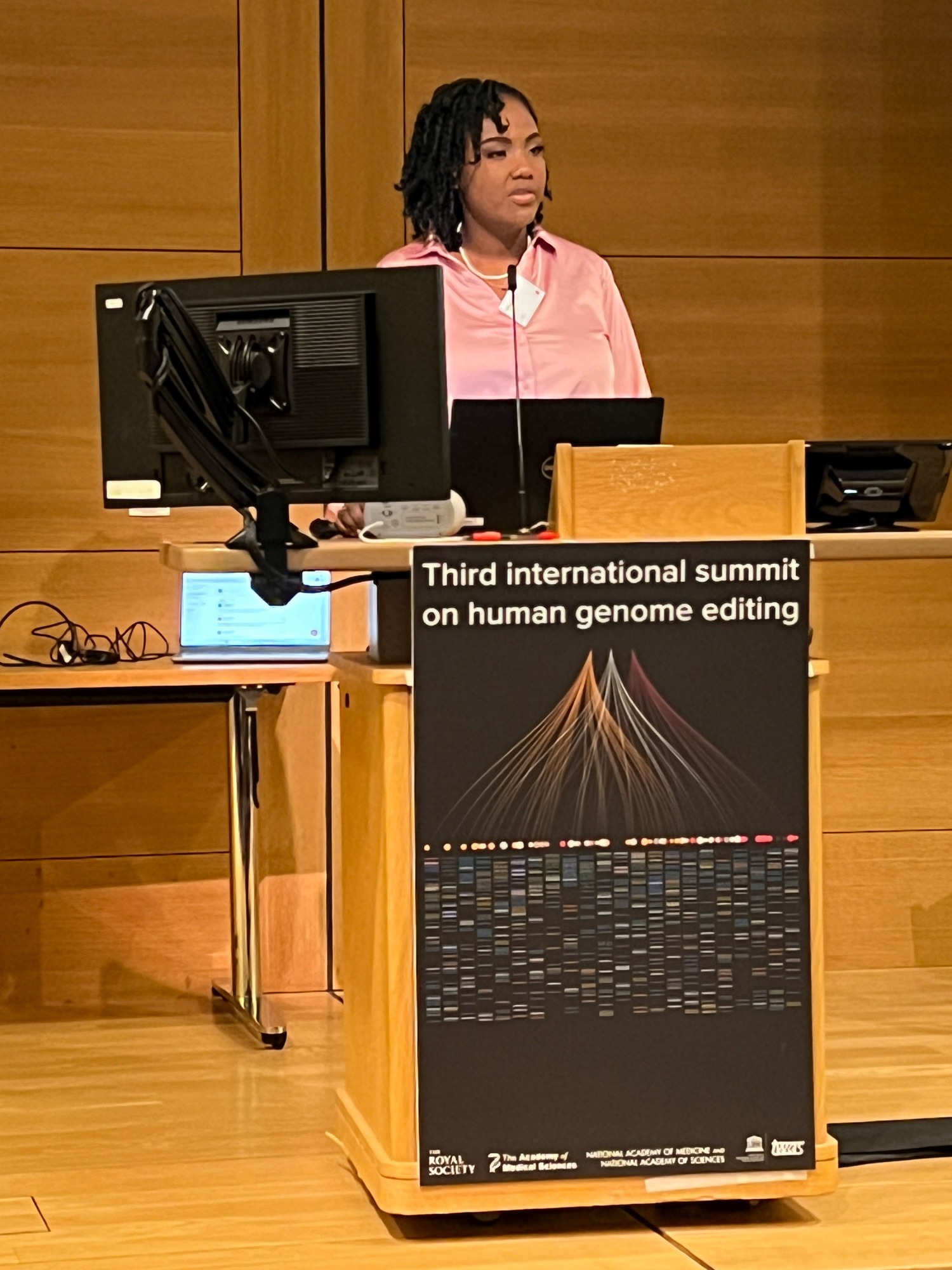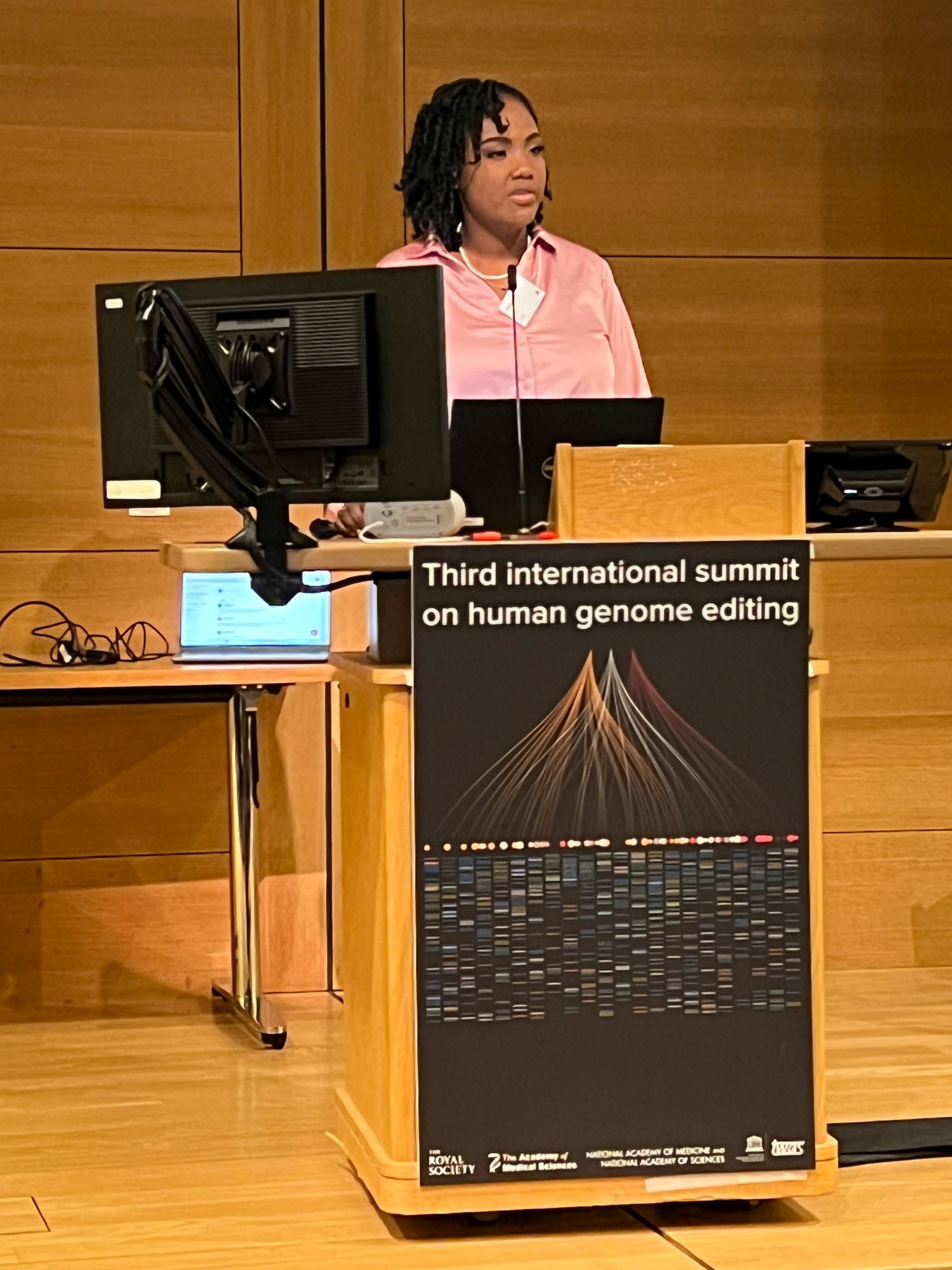
Forget designer babies. Here’s how CRISPR is really changing lives
Vertex hasn’t said what it could cost, but you can expect a price tag in the millions.
A revelation
Researchers say the technique’s march forward to use in medicine has been remarkably fast. “I think CRISPR [has] outpaced every previous genomic therapy technology,” says Fyodor Urnov, a researcher at the University of California, Berkeley.
To scientists, CRISPR is a revelation because of how it can snip the genome at specific locations. It’s made up of a cutting protein paired with a short gene sequence that acts like GPS, zipping to a predetermined spot in a person’s chromosomes.
What’s more, it’s trivially easy to change that GPS sequence, says Jennifer Doudna, the Berkeley biochemist who shared a Nobel for inventing the method. “CRISPR is a technology that enables changes to DNA that are programmed,” she reminded the audience at the summit.
Along with Vertex, a wave of biotech companies, like Intellia, Beam Therapeutics, and Editas Medicine, are hoping they can use this technology to develop successful treatments. Many of them are running the trials on Liu’s list. But not all of these trials will be successful.
For instance, in January the San Francisco biotech Graphite Bio had to stop its own tests of a gene-editing treatment for sickle-cell after its first patient’s blood cell counts dropped dangerously. The problem was caused by the treatment itself. Graphite’s stock has plunged more than 90%, and now the firm’s future is in question.
The trick facing all these efforts remains getting CRISPR where it needs to go in the body. That’s not easy. In Gray’s case, doctors removed bone marrow cells and edited them in the lab. But before they were put back in her body, she underwent punishing chemotherapy to kill off her remaining bone marrow in order to make room for the new cells.

In essence, the Vertex treatment requires a bone marrow transplant. That is an ordeal in itself, and not every patient will be ready for it. Vertex thinks the treatment will be suitable for “severe” cases, a market it estimates includes 32,000 people in Europe and the US.

